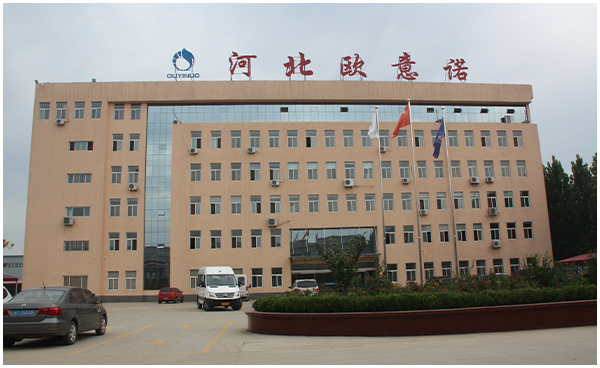
Nov . 24, 2024 15:01
Back to list
natural gas heat exchanger
The Role of Natural Gas Heat Exchangers in Energy Efficiency
Natural gas has become one of the most widely used energy sources worldwide, owing to its abundance, efficiency, and relatively lower carbon emissions compared to other fossil fuels. Among the various applications of natural gas, heat exchangers play a critical role in enhancing energy efficiency, especially in industrial and residential settings. This article explores the significance of natural gas heat exchangers, their operational principles, and their benefits to energy conservation.
Heat exchangers are devices designed to efficiently transfer heat from one medium to another without mixing them. In the context of natural gas, these devices facilitate the transfer of heat from burning gas to a fluid, such as water or air, which is then used for heating purposes. The primary advantage of using natural gas heat exchangers lies in their ability to convert energy more efficiently than traditional methods, leading to significant cost savings and reductions in greenhouse gas emissions.
One common application of natural gas heat exchangers is in residential heating systems. Furnaces, for instance, burn natural gas to produce heat, which is then transferred to the home through ducts. By utilizing a heat exchanger, the system maximizes heat recovery, ensuring that minimal energy is wasted during the heating process. As a result, households can enjoy warmer living spaces while reducing energy bills.
natural gas heat exchanger

In industrial settings, natural gas heat exchangers are equally valuable. Industries often require large amounts of heat for processes such as manufacturing, chemical reactions, and product drying. By implementing heat exchangers, businesses can harness waste heat from various processes, recirculate it, and improve overall system efficiency. This not only leads to lower operational costs but also supports sustainability initiatives by reducing the carbon footprint of industrial activities.
The design of natural gas heat exchangers can vary significantly, depending on the specific application and requirements. Common types include shell-and-tube, plate, and air-cooled heat exchangers. Shell-and-tube heat exchangers, for instance, consist of a series of tubes within a larger shell, allowing for the effective transfer of heat between the natural gas and another fluid. Conversely, plate heat exchangers utilize a series of thin plates to facilitate heat transfer, offering a compact and highly efficient design ideal for applications with limited space.
When considering the installation of a natural gas heat exchanger, it's essential to evaluate factors such as efficiency ratings, maintenance requirements, and compatibility with existing systems. Energy efficiency ratings provide insight into how well a heat exchanger performs, impacting not just cost but also environmental sustainability. Regular maintenance is crucial to ensure the longevity and optimal performance of heat exchangers, preventing issues such as corrosion or blockages that could lead to decreased efficiency.
In conclusion, natural gas heat exchangers play a pivotal role in both residential and industrial applications by improving energy efficiency and supporting sustainability efforts. As the demand for cleaner and more efficient energy solutions continues to rise, the importance of heat exchangers will only grow. With advancements in technology and increased awareness of energy conservation, natural gas heat exchangers will remain at the forefront of efforts to create a greener and more sustainable future. Embracing these technologies not only makes economic sense but also represents a responsible choice for protecting our environment.
Next:
Latest news
-
Safety Valve Spring-Loaded Design Overpressure ProtectionNewsJul.25,2025
-
Precision Voltage Regulator AC5 Accuracy Grade PerformanceNewsJul.25,2025
-
Natural Gas Pressure Regulating Skid Industrial Pipeline ApplicationsNewsJul.25,2025
-
Natural Gas Filter Stainless Steel Mesh Element DesignNewsJul.25,2025
-
Gas Pressure Regulator Valve Direct-Acting Spring-Loaded DesignNewsJul.25,2025
-
Decompression Equipment Multi-Stage Heat Exchange System DesignNewsJul.25,2025

